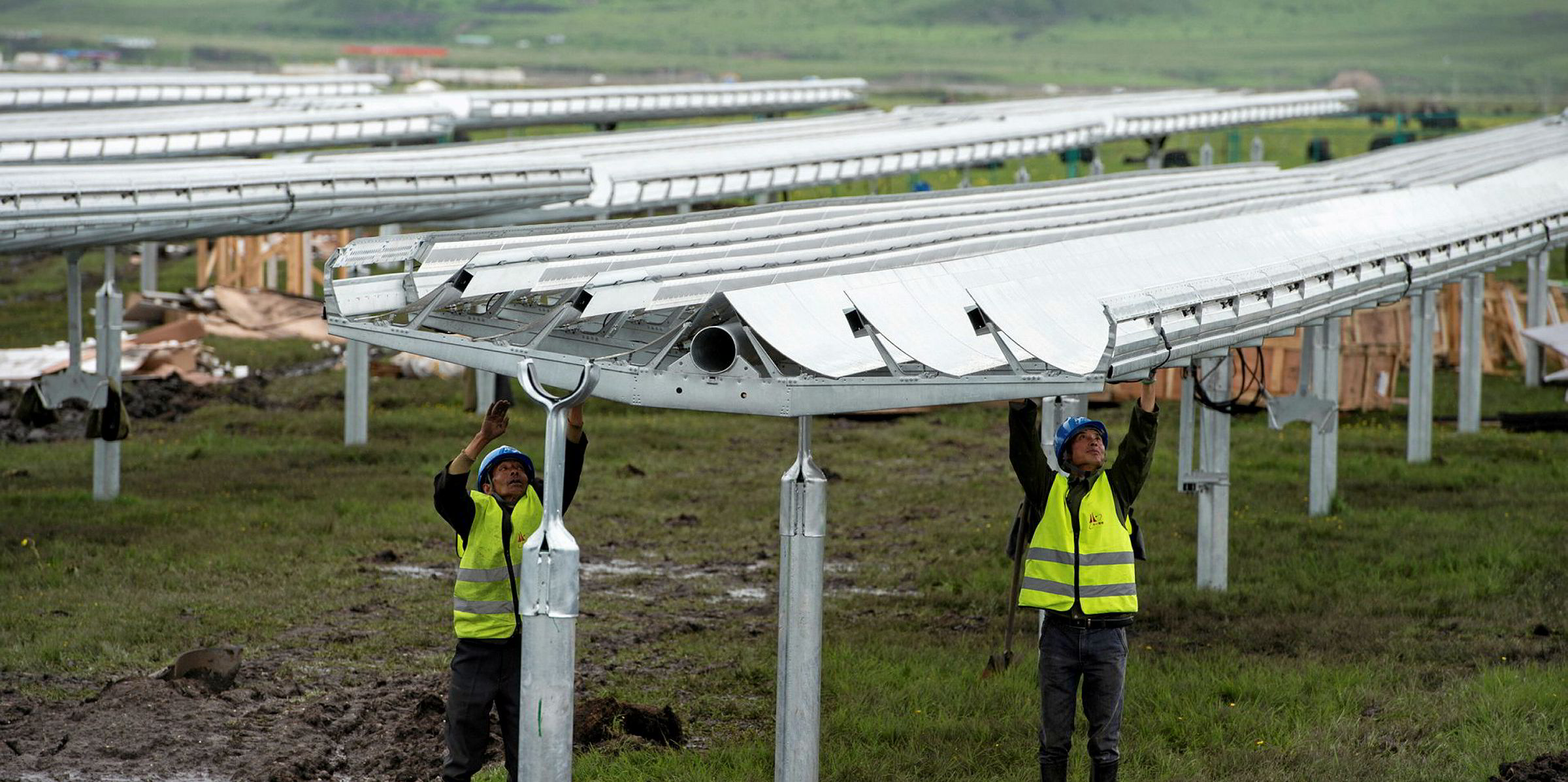Non-hydro renewables capacity is slated to surge by 105% between end-2018 and 2018 to reach 2.4 terawatt (TW), but will still remain way behind fossil power sources in terms of generation due to lower capacity factors, Fitch Solutions said in its updated industry forecast.
Wind is seen making up 44% and solar 49% of worldwide renewable power generation capacity in 2028, the researchers predict, but still only 7% (wind) and 5% (solar) of overall global generation.
“While we forecast the solar power sector to overtake the wind power sector in terms of installed capacity by 2022, we stress that wind power will remain the dominant source of electricity in the non-hydro renewables electricity generation mix over the coming decade,” Fitch Solutions said in a research note.
“This will be due to the relatively higher capacity factor of wind power technology - notably offshore wind - relative to that of solar power technology.”
Coal is forecast to still be the dominant power generation source, with a 33% share in the global power mix, followed by natural gas with 25%, and hydropower with 16%. Nuclear is seen still having an 8%-share in 2028, with another 3% for biomass, and 2% for oil.
The researchers expect the fossil share to remain high as the growth of natural gas in the ten-year-period is seen only slightly below that of the renewables sector, while coal-fired generation is slated to remain a key element of the power mix in emerging markets, notably in South Asia and South East Asia.
Fitch Solutions sees more than 580GW of capacity being added by 2028 by China, more than twice the volume the US and India are seen installing in the period.
Wind and solar globally are seen adding 500GW and 710GW respectively, with biomass installing another 39GW and geothermal 4GW during the ten-year period.
“That said, the baseload characteristics of geothermal and biomass-fired power means that despite the two sectors only making up 0.7% and 6.6% of total renewables capacity respectively by 2028, geothermal will make up 2.6% of renewables power generation by that year and biomass nearly 17%,” Fitch Solutions said.


